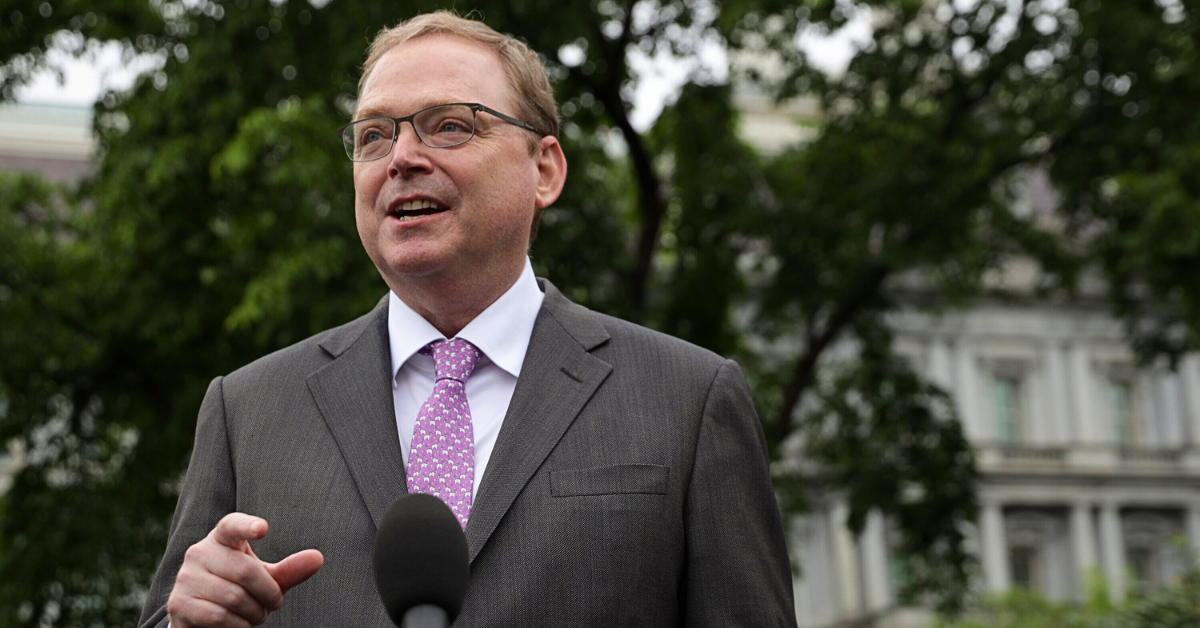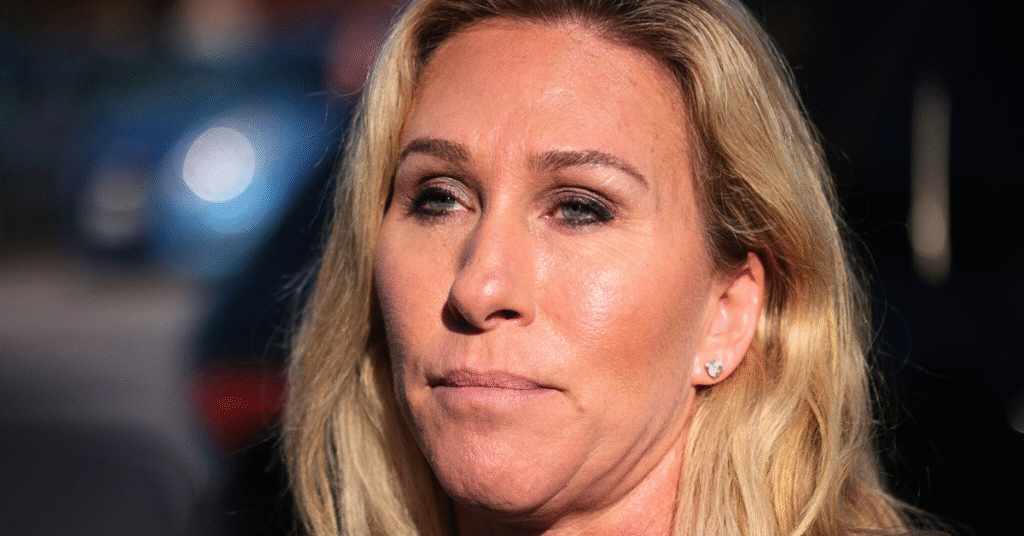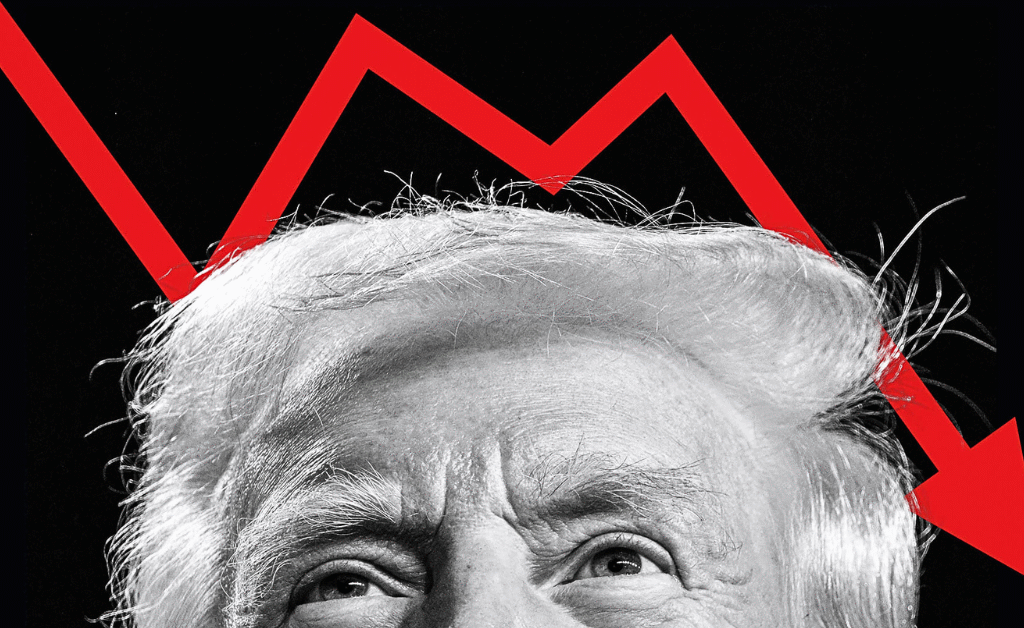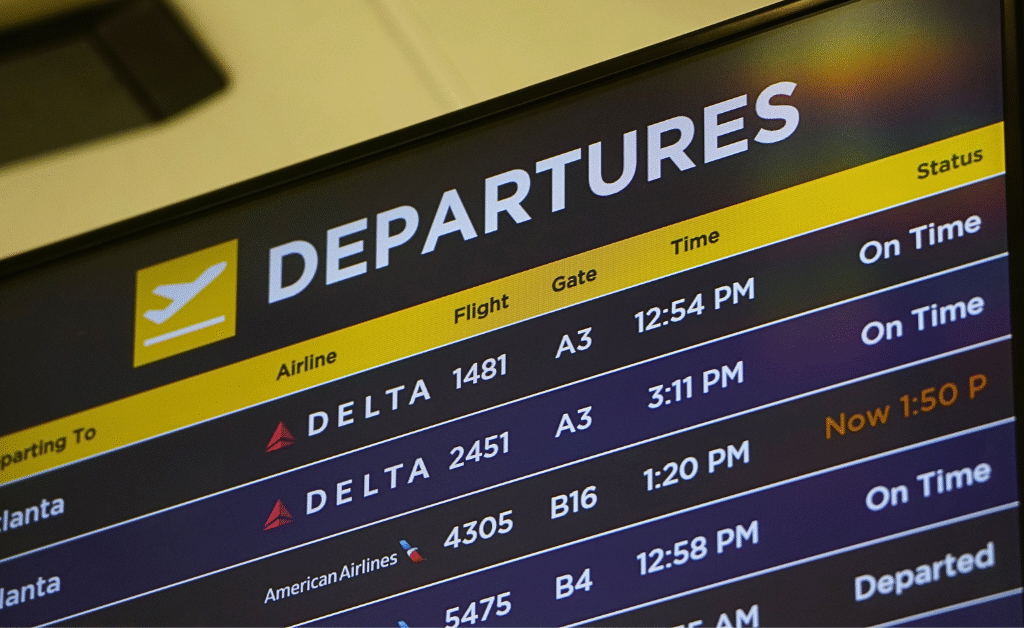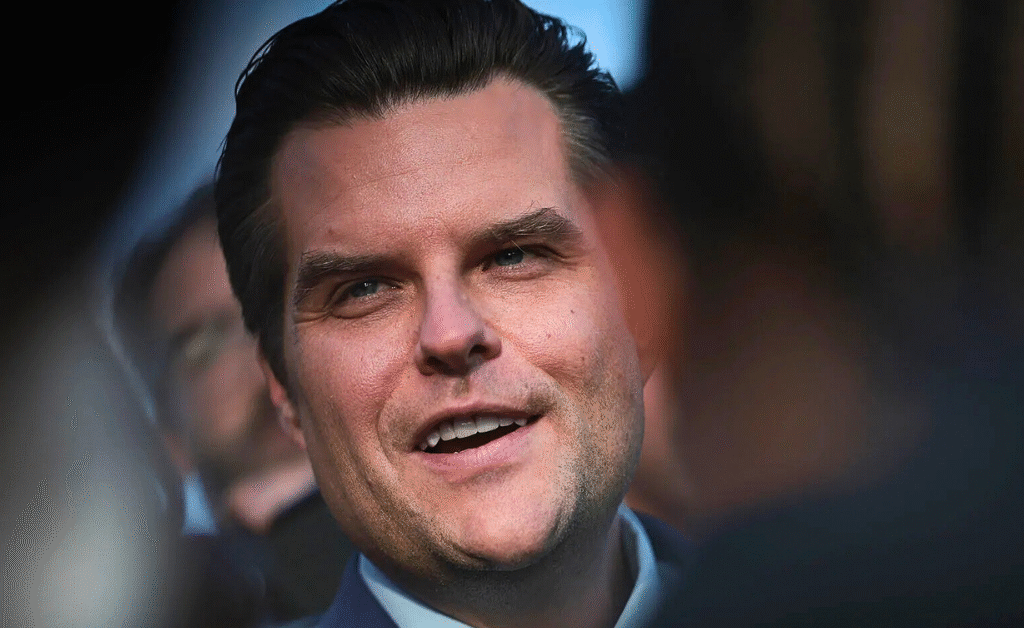- The 43-day federal shutdown cost the U.S. economy about $15 billion per week, cutting Q4 GDP growth from ~4% to ~2%.
- Shutdown wiped out critical October economic data (household survey), leaving permanent gaps in unemployment and inflation metrics.
- Human toll: 1.4 million federal workers unpaid, up to 60,000 private jobs lost, major disruptions to SNAP and air travel.
In the wake of the longest partial federal government shutdown in U.S. history, the White House delivered a stark assessment Thursday: the 43-day impasse bled the economy dry to the tune of about $15 billion per week, effectively halving what was once a rosy projection for fourth-quarter growth in gross domestic product (GDP).
The revelation came from Kevin Hassett, director of the National Economic Council, who addressed reporters on the White House driveway just hours after President Donald Trump inked a stopgap funding measure late Wednesday, averting further chaos.
The bill, which squeaked through the House on a 222-209 vote largely along party lines, secures operations through January 30 and restores full appropriations for key agencies like Agriculture and Veterans Affairs.
The FrankNez Media Daily Briefing newsletter provides all the news you need to start your day. Sign up here.
“This is no way to run a country,” Trump declared upon signing, his voice laced with frustration as he reiterated a long-standing plea to scrap the Senate filibuster.
“I hope we can all agree the government should never be shut down again.”
Hassett’s figures paint a grim picture of ripple effects.
“When one accounts for ‘multiplier effects,’ the cost of the shutdown ‘accumulates to maybe one, one-and-a-half percent of GDP,'” he explained, referring to the cascading impacts on businesses, consumers, and supply chains.
Pre-shutdown forecasts had penciled in a robust 4% GDP bump for the October-December period—mirroring the prior two quarters’ momentum.
Now? Expect something closer to 2%.
The human cost is equally sobering.
Hassett estimated that up to 60,000 private-sector jobs vanished due to the slowdown, on top of the 1.4 million federal workers who went without paychecks.
Viral videos circulating on social media underscore the broader fallout: 5.2 million airline passengers faced delays or cancellations, while 42 million Americans temporarily lost access to SNAP benefits.
“There’s been a lot of hugging and smiling” as furloughed staff trickled back to work Thursday, Hassett noted with a touch of relief, adding that back pay could hit accounts as early as next week thanks to an “aggressive effort” to expedite processing.
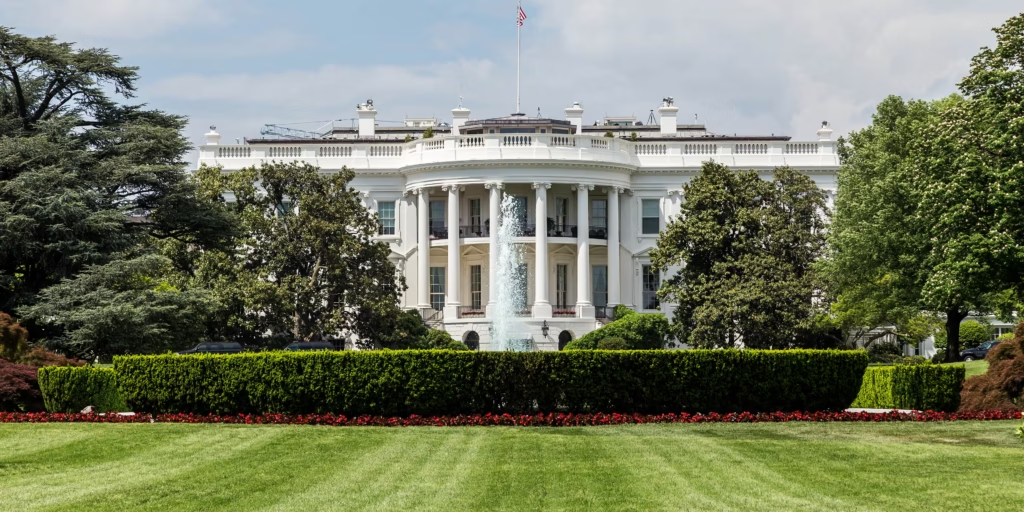
A Data Black Hole: October’s Economic Snapshot Forever Lost
Compounding the damage, the shutdown has carved out an irreplaceable chunk of economic intelligence.
Critical reports—like the October household employment survey, essential for calculating the unemployment rate—simply won’t exist.
“We will never know what the unemployment rate was in October, because there wasn’t a household survey with that,” Hassett said plainly.
The September jobs data is locked in and slated for release soon, he added, while payroll figures for October can still be crunched.
But for “most everything else,” reconstruction efforts will fill in blanks after the fact—though gaps in inflation metrics and consumer spending could linger, analysts warn.
A separate White House briefing Wednesday flagged these risks, noting that key October jobs and inflation reports “may never be compiled and released.”
Economists outside the administration echo the severity.
Bloomberg analysts peg the weekly hit anywhere from $10 billion to $30 billion, with $15 billion emerging as a consensus midpoint.
The Congressional Budget Office, in a post-shutdown tally, projected a total drag of up to 1.5% on annual GDP growth.
Treasury officials had earlier floated even steeper daily costs—up to $15 billion—but settled on the weekly benchmark as shutdown fatigue set in.
Political Stalemate Unravels—But Blame Game Rages On
The shutdown’s end came after weeks of trench warfare in Congress.
Senate Democrats, led by Minority Leader Chuck Schumer, stonewalled short-term Republican spending proposals, blocking the 60 votes needed to advance under filibuster rules.
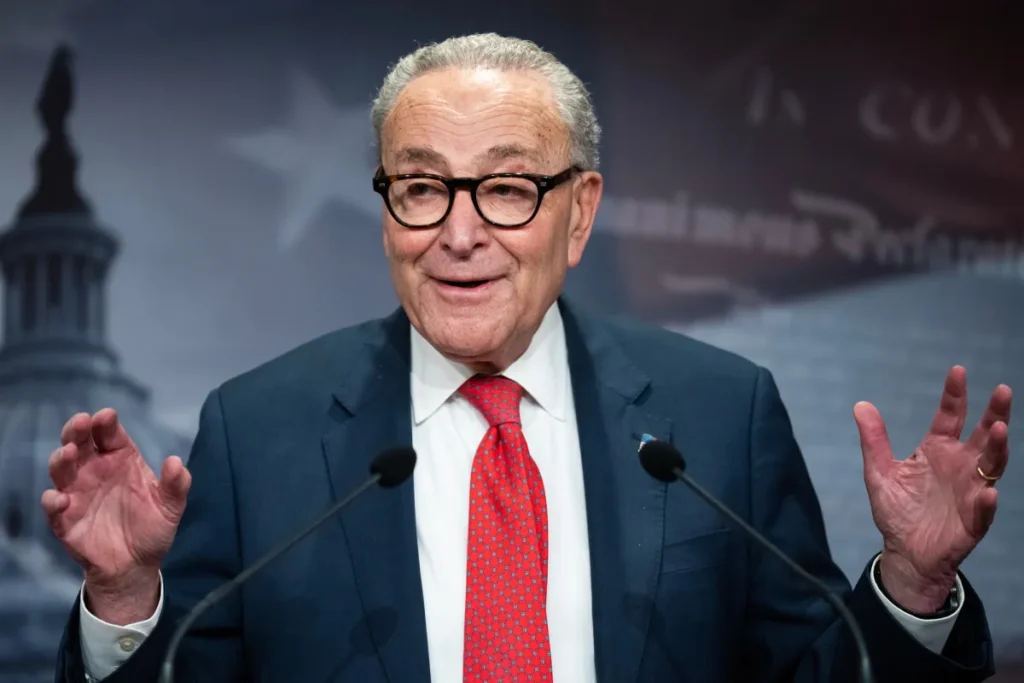
Majority Leader John Thune (R-S.D.) couldn’t break the logjam until a late-Sunday breakthrough cleared the path for the House’s nail-biter vote.
Notably, six Democrats bucked their party: Reps. Henry Cuellar (Texas), Don Davis (North Carolina), Jared Golden (Maine), Adam Gray (California), Marie Gluesenkamp Perez (Washington), and Tom Suozzi (New York).
On the flip side, two Republicans—Thomas Massie (Ky.) and Greg Steube (Fla.)—voted no, citing fiscal hawks’ qualms.
Trump wasted no time pinning the mess on Democrats, telling reporters Wednesday that the standoff fueled recent Democratic gains in state races—a “serious warning” that he’s “out of touch” with voters’ economic anxieties.
Online, the sentiment skews sharply partisan.
Conservative influencers and everyday users lit up X with calls to “never forget” the “Schumer Shutdown,” sharing clips tallying the $15 billion weekly toll alongside impacts on federal workers and food assistance.
One post from journalist Nick Sortor racked up over 10,000 likes in hours: “NEVER forget what Democrats did.”
Critics from the left, though fewer in the immediate digital scrum, decried it as a “failure of Trump and his regime.”
Broader reactions highlight a weary public: A Conference Board survey released Tuesday found holiday spending plans down 6.9% year-over-year, with the average American budgeting just $990—blamed in part on shutdown-induced uncertainty.
Inflation Tamed, Incomes Rising—But Pockets Still Feel the Pinch
Amid the gloom, Hassett touted administration wins.
Inflation, once “runaway,” has been reined in, he said, while policies have boosted typical workers’ real purchasing power by $1,200 since Trump’s return—erasing some but not all of a $3,400 drop from the prior administration.
“Americans, rightly, are frustrated that they’re still $2,000 short, and that’s something that we’re going to fix,” he pledged.
Trump has floated $2,000 “tariff dividend” checks as a balm, drawing from surging import duties.
Hassett confirmed the math works—”there would actually be enough room to cover those checks and not go into the rest of the budget”—but stressed it would need congressional buy-in.
The council is “actively studying the matter,” he said, ensuring the president has “all the choices he needs.”
Yet as agencies reopen, the scramble is just beginning.
Government Executive reports that federal offices may still be “digging out” by late January, when the new funding cliff looms. C
BS News tallies the episode’s ledger: over $7 billion in direct damages, millions disrupted, and a national psyche bruised by 43 days of dysfunction.
Also Read: A DOJ Whistleblower Now Makes Revelation That Undermines the Judicial System’s Integrity


